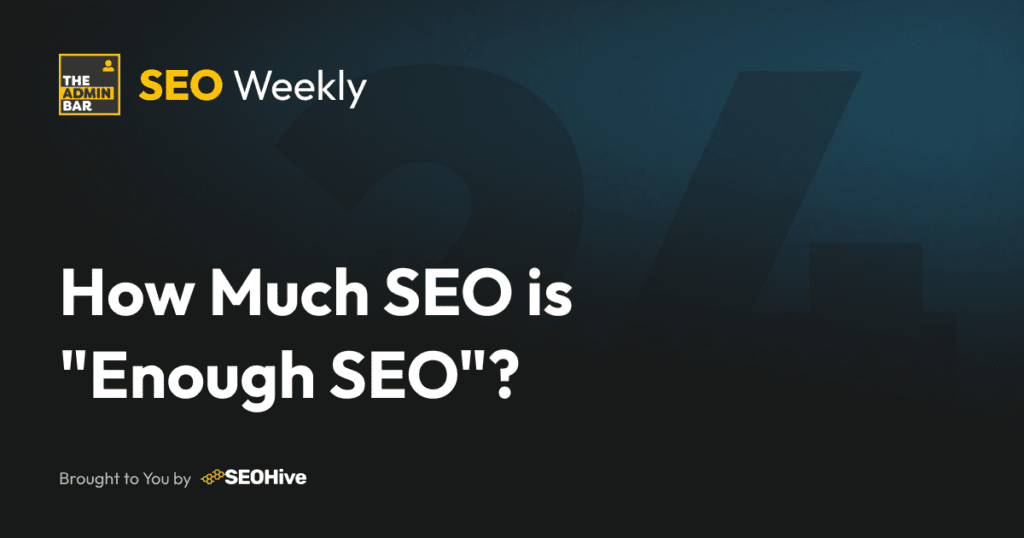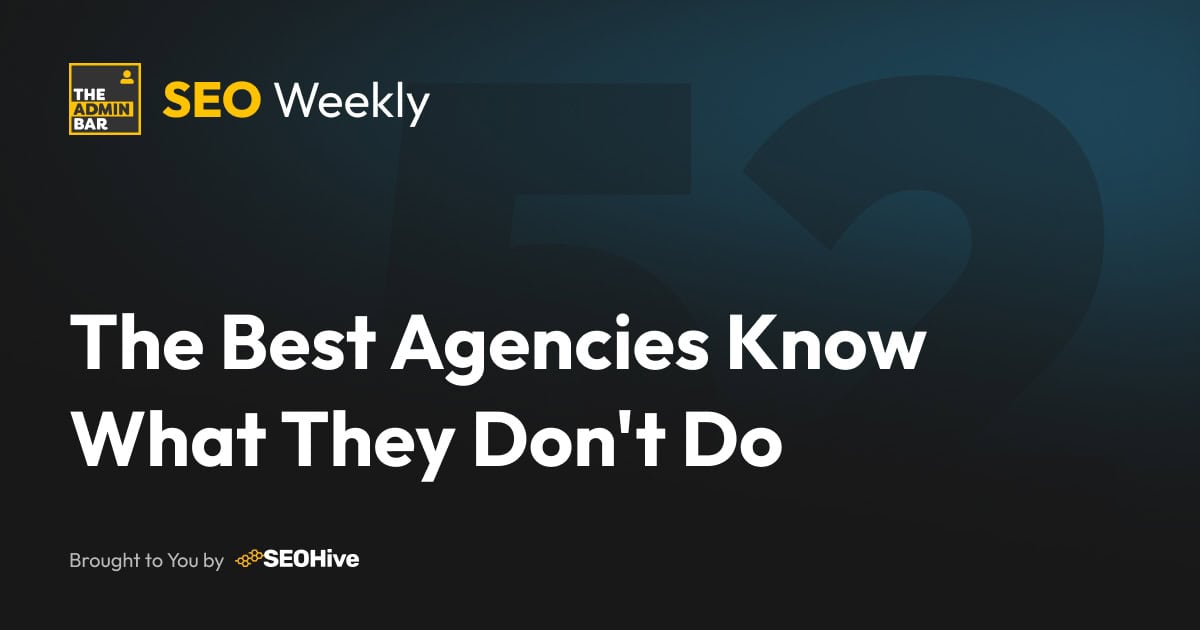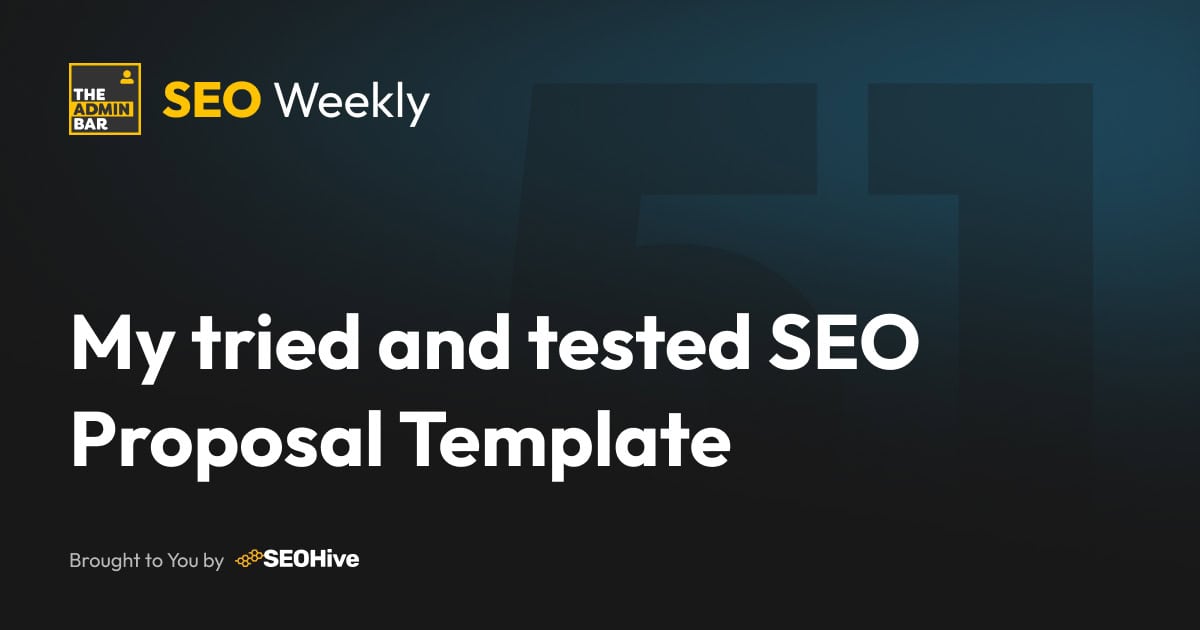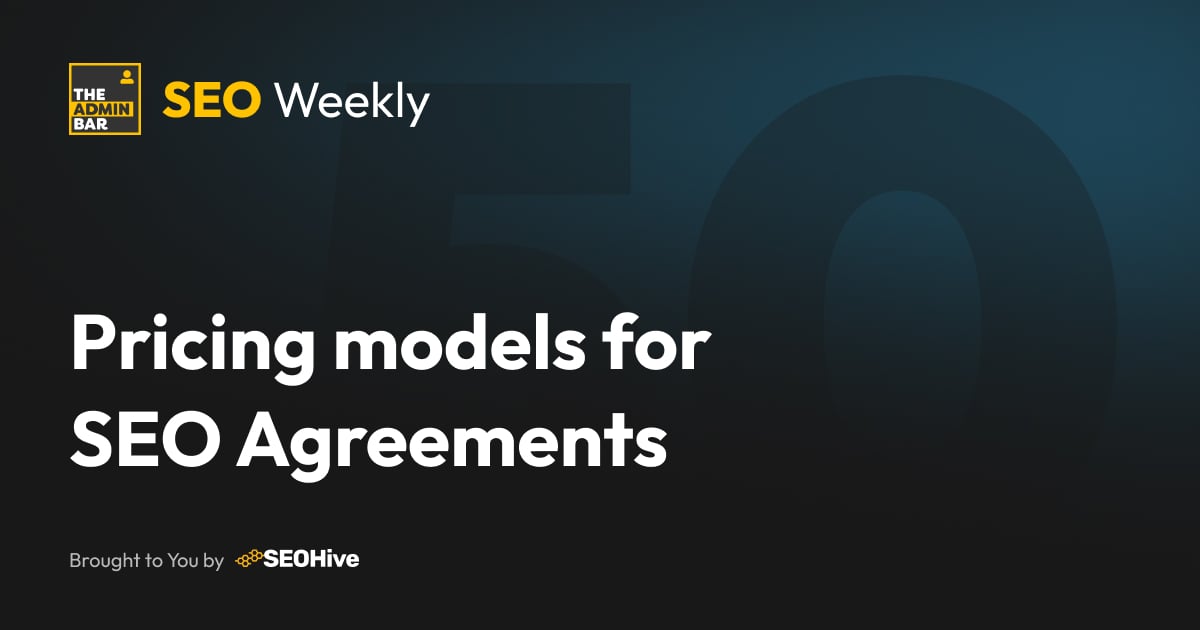I often refer to SEO as playing a game – literally, yesterday I was describing it exactly like that to a client. And it is very much a game of sorts – there are so many moving pieces that it can be difficult to know how much you need to do, or how much is too much and you’re just wasting time…
It’s the eternal question of the immovable object and the unstoppable force… And honestly, the answer has become more complicated lately. 🙄
Understanding “Enough” in an SEO Context
“Enough SEO” isn’t a fixed quantity – it’s a dynamic balance that depends on your client’s business goals, industry competition, available resources, current performance, the product/service in question and target audience behavior.
To give this some context – one of my clients sells custom built yachts… they only need to make 4 sales a year, so “quantity” isn’t really a target… But in their market, people won’t wait more than 18 months for their delivery, so the right consistency and education is the key.
In contrast, another one of my clients sells socks – these aren’t such considered purchases. They’re $10-$30 / pair. Don’t get me wrong, they’re exceptionally good socks – but this is more of a volume game. We need the numbers here.
That’s not to say that there’s more or less work that goes into either of the above – just that the scope of “enough” is different…
Too Little vs. Too Much
When businesses underinvest in SEO, they typically see poor search visibility (if any), stagnant or declining organic traffic, and competitors steadily gaining market share. It’s like showing up to a yacht race with those socks – they’re simply not equipped for the challenge ahead.
On the flip side, over-optimization can actually HURT your efforts. Keyword stuffing, unnatural link building, and sacrificing user experience for search engines often leads to penalties and diminishing returns. This is like bringing a yacht to walk to that corner store – overkill that creates more problems than it solves.
(OK – I’ll stop with the yacht and sock analogy 😂 – but hopefully you get my point).
You’re looking for the point where your SEO efforts generate positive ROI without overwhelming your resources or compromising user experience. It’s about finding that “Goldilocks zone” where everything feels just right.
“How do we know where that sweet spot is?”, I hear you ask… 🤔
Finding Your Perfect Balance
The sweet spot happens when you see steady organic growth, improved user experience, and measurable ROI from your SEO efforts. The site is ranking competitively for target keywords, maintaining visibility against competitors, and organic traffic converts at expected rates (typically 3.5-5%).
Your business “maturity” plays a huge role here. Startups might need aggressive SEO to establish presence (yacht territory), while established businesses often focus on maintenance and incremental growth (quality socks approach). Ecommerce sites typically require comprehensive strategies that span multiple channels and markets.
Industry Competition Changes Everything
High-competition industries demand more intensive, ongoing efforts – such as finance, healthcare, or ecommerce. Moderate competition allows for a balanced approach with consistent optimization, while low-competition niches might thrive with just SEO fundamentals.
The business model also influences your “enough” point. Ecommerce sites need robust product page optimization and technical SEO. Local businesses should focus on Google My Business and local citations. B2B services often emphasize content marketing and thought leadership, while SaaS companies typically need feature-focused content and conversion optimization.
Maintenance vs. Growth 📈
Every business should have at least some form of “maintenance SEO” – the basic ongoing activities like technical health monitoring, content updates, and performance tracking. However, I can count on 1 hand the number of times I’ve been asked for this in the last 20 years of working in agencies! 🙄
SEO for growth should include all of the above, plus additional activities like content auditing and creation, advanced technical optimizations, and link outreach campaigns.
Understanding SEO Sufficiency 📊
You’ll know you’ve found your sweet spot when you see consistent organic traffic growth (ideally 10-20% increase per month), steady ranking improvements for intentionally targeted keywords, above-average click-through rates, and positive ROI on SEO spend. Qualitatively, you should notice improved user engagement, content that resonates with your audience, growing brand authority, and internal stakeholder satisfaction.
The Dynamic Nature of “Enough”
Remember, your SEO “enough” point will evolve. Algorithm updates, competitive landscape shifts, business growth, and resource changes all influence your requirements. Seasonal considerations matter too – peak seasons might require intensified efforts, while slower periods offer opportunities for foundational improvements.
Your SEO Navigation System
“Enough SEO” isn’t a destination – it’s an equilibrium requiring conscious review/assessment. The goal isn’t the maximum amount of SEO possible, but the right amount to achieve the business objectives efficiently and sustainably for you/your client.
Start with fundamentals, measure results consistently, and scale based on performance and available resources. The key is matching the SEO investment to your/your clients’ actual destination, not someone else’s. This is the thing you need to understand first of all.
Join the Conversation!
There's a dedicated thread on this post inside of The Admin Bar community. Join in on the conversation, ask questions, and learn more!
Group Thread





